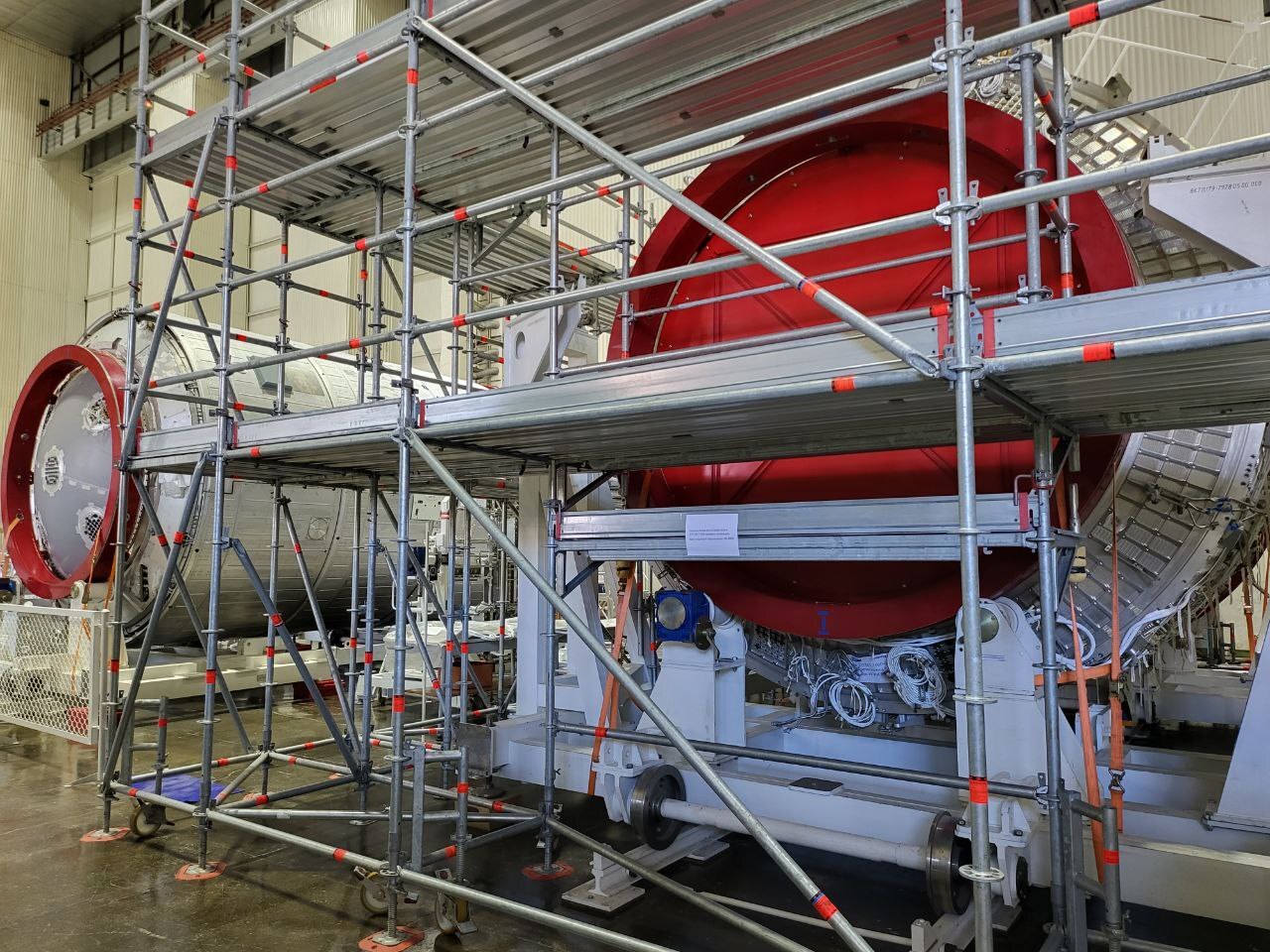Over the weekend, I discussed with the general designer of orbital manned complexes and systems, twice Hero of the USSR Vladimir Alekseevich Solovyov and the chief designer of the new manned spacecraft "Oryol" Igor Igorevich Khamits two priorities of the russian orbital service station being created:
1. We need to decide how manned orbital stations will be able to move in the form of manned spacecraft in long-distance space expeditions. That is, our new station in a more radiation-stressed polar orbit should work out technologies that in the future humanity will need for flights not around the Earth, but to the planets of the solar system.
This is an interesting task for manned astronautics! Naturally, it will be necessary to create such a crew life support system that can be guaranteed to provide people on board the station with everything they need - food, water and fuel - without the need to constantly deliver all this by cargo ships from Earth.
2. The new station will operate in orbit, from which the crew of its manned spacecraft will be able to visit our nuclear space tug "Zeus" to control the deployment of all its key elements and structures (first of all, giant radiators for discharging excess heat) until the reactor is turned on in a safe orbit of 800 km.

It should finally be recognized that long-range flights of people into outer space are impossible with the use of current "chemical" jet engines. Their power and fuel reserves will not be enough not only to return the manned mission, but even to ensure the initial stages of the flight.
That is why it is necessary to find a solution on how to safely connect an orbital manned station and a nuclear tug.

Only the growing power of a nuclear tug is able to move a manned station in low Earth orbit to high orbits and into deep space.
In my opinion, we are beginning to grope for a fundamentally new direction of manned space exploration, which will be inextricably linked with nuclear space energy.
This is how our designers see in the draft design the appearance of the Russian orbital service station (ROSS) with new manned spacecraft "parked" to it, work on which is underway at the Rocket and Space Corporation ENERGIA.
In turn, to move ROSS or its individual modules to other high orbits, including, as an option, the lunar one, the zeus interplanetary nuclear tug will be used, work on which is underway at our enterprises (Arsenal Design Bureau, St. Petersburg; Keldysh Center, Moscow), as well as at the enterprises of the Rosatom State Corporation.
(btw does anyone know what the music is in that video of the tunnels ? - my demented pet Cockatiel loves it - he starts dancing to it )
Rogozin is off to Vostochny next week - that can only mean the last story of the 17 floor Angara launch tower is going in





 owais.usmani
owais.usmani


